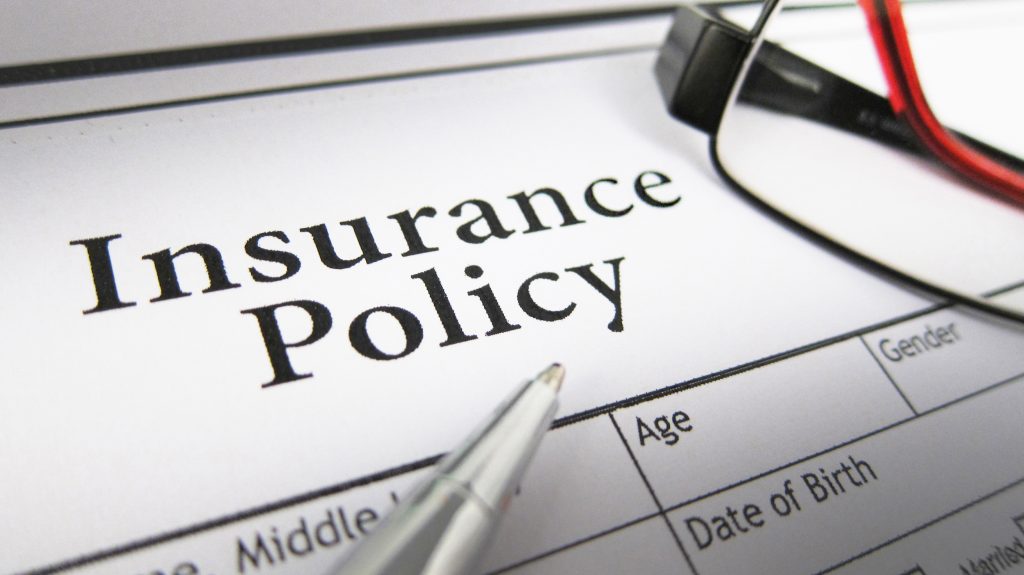
Homeowner’s insurance, HOI, includes a variety of specific insurance protections for private residences and their contents. Most homeowners have HOI for their homes, as lenders generally require it before granting a mortgage loan. Among other types of damage, HOI generally provides coverage for damage to the roof, which is the part of the house with the greatest exposure to the elements. HOI must give special consideration to skylights since they cover a roof opening.
Overview
Damage to the home is the most significant risk that HOI protects against, including garages and other outbuildings. However, it also protects against the loss of possessions due to home damage or theft. Furthermore, HOI’s can provide monetary compensation if homeowners require temporary housing while their home is undergoing repairs. Additionally, HOI includes liability coverage for property damage to the homeowner’s negligence.
An HOI policy usually provides a list of contractors that the insurer has approved as qualified to make specific repairs to the home. Homeowners who use these contractors typically received a warranty for repairs as specified in the HOI. The specific coverage limits of HOI vary greatly by the provider and individual policy. The mortgage lender will typically specify minimum coverage limits based on the value of the mortgage and other factors. Supplemental HOI may also be necessary for specific risks that the primary policy is unable to cover.
Roof Leaks
Roof leaks should be a major concern for homeowners due to their potential for causing damage that can spread quickly. Their direct exposure to the sky means that roofs take the brunt of severe weather such as temperature extremes, strong winds, and hail. Temperature changes cause materials to repeatedly expand and contract, resulting in cracks. Wind can pull off shingles and other roofing materials, while hail can cause impact damage. All of these actions can result in roof leaks over time.
The specific cause of a roof leak is the most important factor in determining whether a particular HOI policy will cover the cost of repairs. Each policy has a declaration page that includes a list of open perils, or hazards, that the policy covers. Common hazards that can cause roof leaks include the following:
- Weather disturbances such as hurricanes, tornadoes and hail
- Specific natural disasters such as volcanoes
- Accumulation of snow and ice
- Smoke and fire
In general, HOI covers roof leaks due to natural causes and unintended occurrences unless the policy specifically excludes that cause.
Skylights
HOI policies typically focus on causes of damages rather than structural elements, so it’s rare for them to specifically mention skylights. If the policy covers the cause, it generally doesn’t matter if the leak is coming from the skylight or some other part of the roof, provided the skylight meets certain standards and has been properly installed. Normal weather doesn’t pose any particular risk to most skylights, but severe wind and hail is another matter.
Hurricanes and tornadoes can exert alternating positive and negative pressure that can compromise the skylight’s structural integrity, while hail can crack or even break a skylight. Assuming this damage is caused by a natural hazard rather than improper installation or neglect, your claim for damage to your skylight will probably succeed.
Exceptions
The most important step in determining your coverage for damage to your skylight is to review your policy for a specific wind or hail exclusion. If your policy contains such a clause, it’s unlikely your claim would succeed, as these are the most common causes of skylight damage. You should, therefore, review your policy each year before the storm season in your area and decide if you need additional coverage.
Your policy’s common exclusion clause also warrants close scrutiny when assessing your coverage against skylight damage. This clause will often contain language requiring proper maintenance for roof accessories, which should include skylights even if the common exclusion clause doesn’t specifically mention them. For example, mold can grow around a skylight in a humid environment, causing damage and posing a health hazard. The cost of removing the mold would typically be covered if the reason for the growth is due to the weather or climate, but not if it was caused by inadequate maintenance. If you live in an area that’s particularly favorable for mold, you may want to consider a supplemental policy that specifically covers mold damage around your skylight.